In the XIX century there was a huge demand for whale oil, which was widely used in lamps, candle making and as a lubricant for watch movements.
But in the second half of the XIX century, the effective properties of oil combustion were discovered and thanks to kerosene obtained in the process of oil distillation, as well as the discovery of its safe use as a source of lighting, the demand for whale oil began to decline sharply. So technological progress saved the whale population.
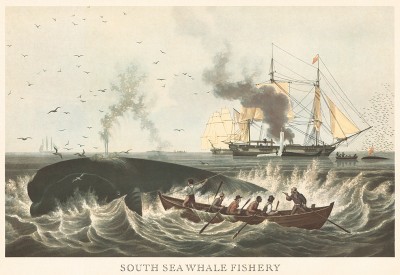 |
 |
In 1853, the kerosene lamp was invented, and therefore the demand for oil and petroleum products has increased in rapid succession. The first oil refinery of the Russian Empire, producing mainly kerosene, was built in Baku in 1863 by engineer David Melikov. A few years later, he also founded an oil refinery in Grozny.
In the XIX century, the main area of oil production in the Russian Empire was the Caucasus. In 1846, the world's first oil exploration well was drilled on the Absheron Peninsula, in the village of Bibi-eibat (near Baku). The first production well in the Russian Empire was drilled in Kuban, in the village of Kievskoe, in the valley of Kudako river in 1864.
 |
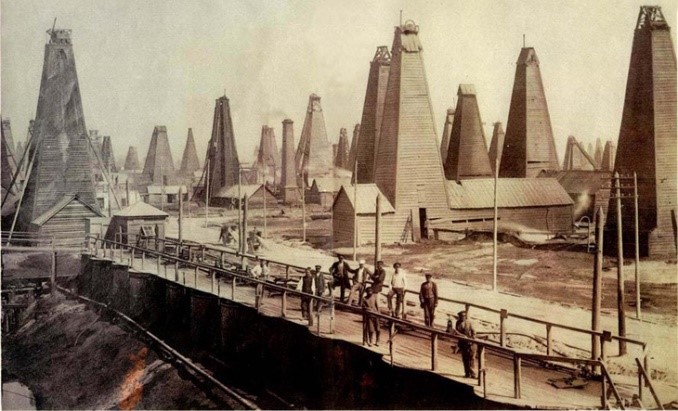 |
An important role in the development of the oil industry was played by the Nobel brothers, who founded the Nobel brothers ' oil production Association in 1879. The company carried out oil production and refining in Baku, created a transport and sales network, which included oil pipelines, tankers, tank cars and oil depots with berths and railway branches.
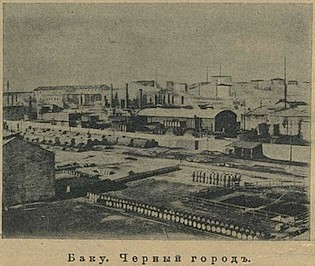 |
 |
Foreign capital began to flow into the oil industry of the Russian Empire at the end of the XIX century. In particular, in 1886, the Rothschilds bought out the shares of the "Batumi Oil Industry and Trade Society", formed by Industrialists Bung and Palashkovsky, subsequently the company was renamed the "Caspian-Black Sea Oil Industry Society".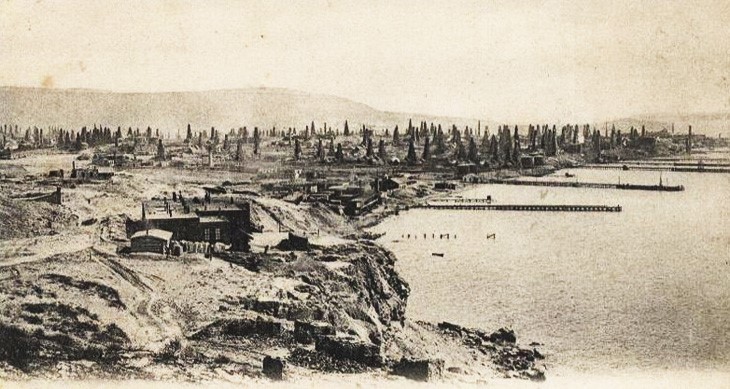
By the beginning of the XX century, the share of the Russian Empire in world oil production was 30 %.
After the revolution of 1917, the oil fields began to be nationalized, and therefore production volumes decreased significantly. The Rothschilds sold their assets to companies such as Standard Oil and Vacuum. As a result of the cooperation of these companies with the Soviet government, the level of exports returned to its former values by 1923.
Between the 1917 revolution and World War II, the North Caucasus and the Caspian region became the main oil production area. But already in the 50s of the XX century the Volga-Ural region was developed, which accounted for about 45 % of all oil produced in Soviet Russia.
 |
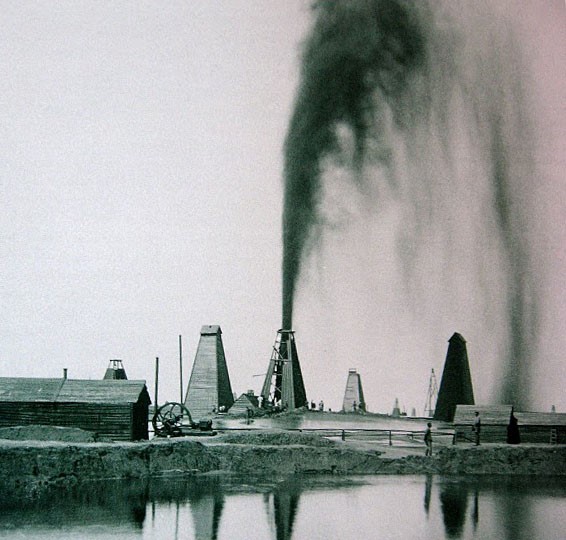 |
In the 1960s, the USSR took the second place in the world in terms of hydrocarbons produced.
In the early 60-ies began active development of deposits in Western Siberia. In a short time, the West Siberian basin became the largest oil-producing region in the USSR. In 1965, the unique Samotlor field was discovered here, with 14 billion barrels of extractable oil. In 1975, Western Siberia produced 9.9 million barrels per day. Khanty-Mansi Autonomous Region, located in Western Siberia, is still the main oil-producing region accounting for 60 % of all oil produced in Russia.
 |
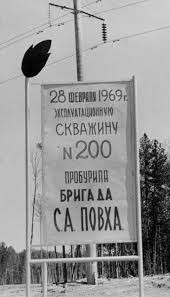 |
In the 80-ies the oil industry of the USSR started to encounter issues. The desire to get the maximum values of production volumes resulted in intensive drilling, while investments in exploration of new fields were minimized. This led to the Soviet Union's 1988 peak oil production of 11.4 million barrels per day (569 million tons per year).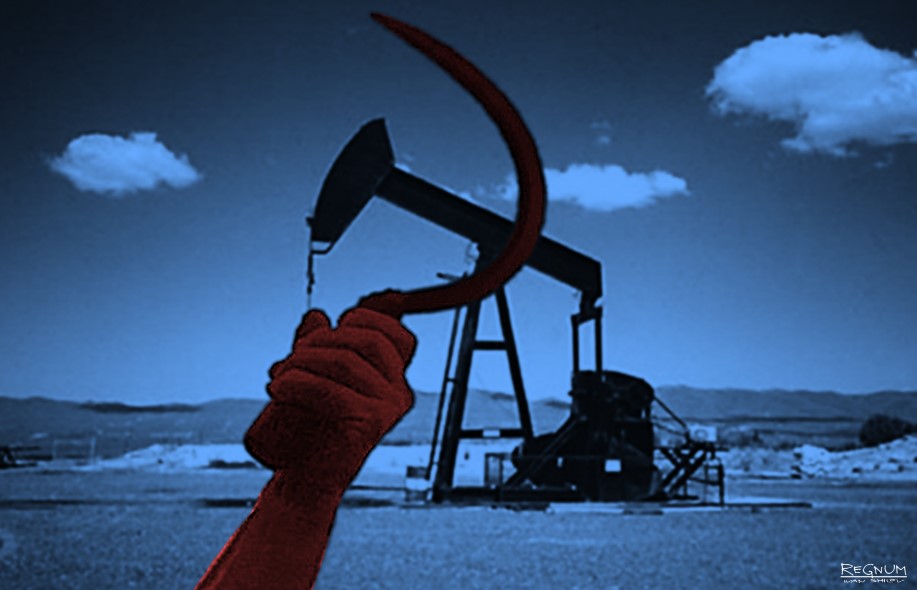
The decline in production stopped in 1997 due to the de-monopolization and privatization of the industry. As a result, several large vertically integrated oil companies have been established, engaged in the full cycle of oil production - from exploration to the sale of petroleum products.
One of the high-profile events of the early 2000s was the Yukos case, when the country's leadership took measures to bankrupt the company and sell off its assets, most of which went to the state-owned NK ROSNEFT.
At the moment, Russia is one of the few countries in the world that is not only fully provided with all kinds of fuel resources, but also supplies them in large quantities to other countries. Russia accounts for 10% of the world's oil, more than 30% of gas, and more than 10% of coal. In terms of oil reserves, Russia ranks seventh, coal-third, and gas-first in the world.
Geological study of the territory of Russia is relatively weak, so the real fuel resources are likely to be much larger.
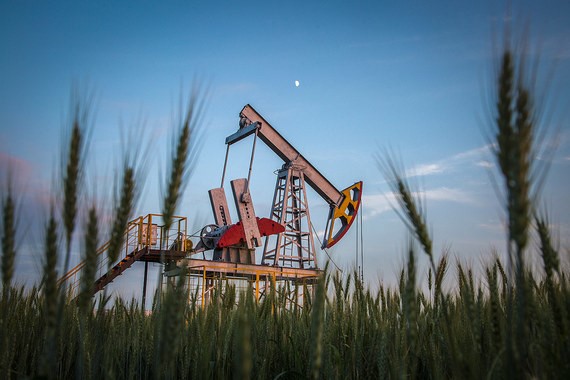
Source:
https://pikabu.ru/story/kak_neft_spasla_kitov_ot_istrebleniya_4666083
https://petrodigest.ru/articles/history/kratkaja-istorija-dobychi-nefti-v-rossii
Wikipedia





